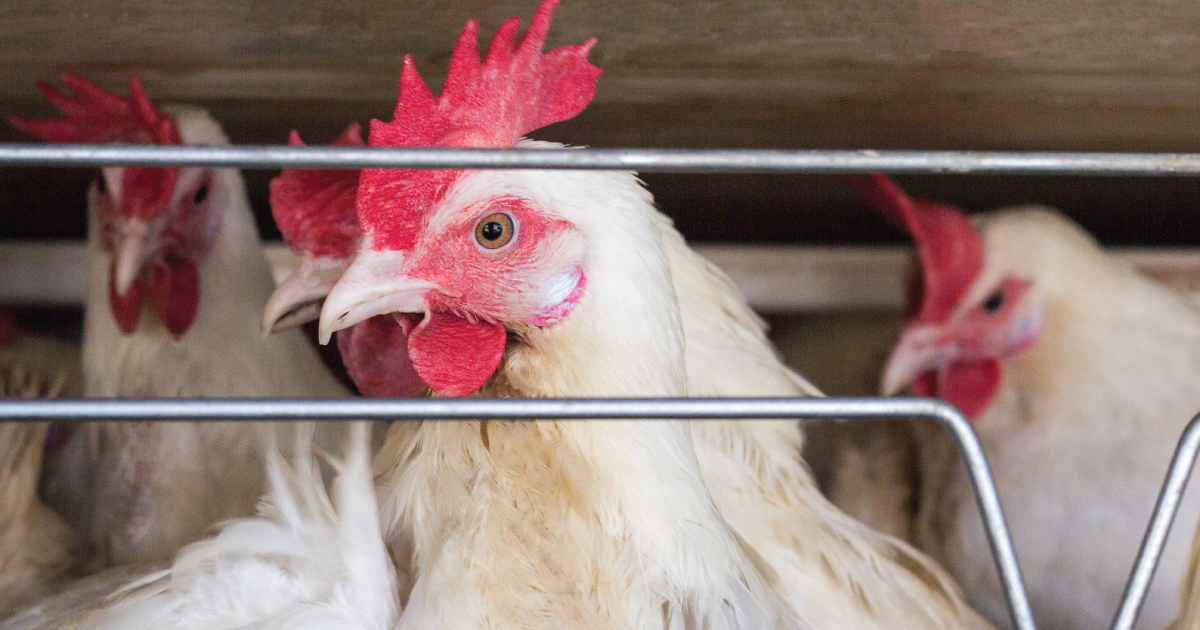
From Farm To Factory: The Unstoppable Rise of American Chicken
Acentury ago, Americans would not recognise our modern hunger for chicken. The year-long market for tender but relatively bland chicken meat is a newish phenomenon, and without it the idea of chicken cutlets, $5 rotisseries, or the McNugget would be a fantasy.
August 17, 2020 | Source: The Guardian | by Sarah Mock
How industrial chicken farming transformed an ‘alternative’ meat to the most consumed meat in the US
A century ago, Americans would not recognise our modern hunger for chicken. The year-long market for tender but relatively bland chicken meat is a newish phenomenon, and without it the idea of chicken cutlets, $5 rotisseries, or the McNugget would be a fantasy.
How did America go from thinking of chicken as an “alternative” meat to consuming it more than any other meat?
The story starts with corn.
How American corn fueled a taste for chicken
At the turn of the 20th century, chicken was almost always eaten in the spring. The priority for chicken raisers at the time was egg production, so after the eggs hatched, all the male birds would be fed up and then quickly harvested as “spring chickens” – young, tender birds that were sold whole for roasting or broiling (hence the term “broilers”). Outside the spring rush, you might be buying a bigger, fatter fryer or an old hen for stewing.
